Mangaone River Catchment
The East Mangaone catchment is located in the Tararua area, also part of the wider Manawatū River catchment.
The farmers in the Mangaone River Catchment area established a catchment group to find out more about the quality of the water in their waterways. They wanted to understand what they needed to do to make sure the water that ran across their rivers and farms was not contributing to contaminant loss into the wider catchment area.
The Catchment Group worked with MRCC, the Catchment Solutions Project and Massey University to start monitoring the water quality in their catchment area.
Together they learned how to identify key water quality issues and explored what potential edge of field mitigation technologies there were to help to reduce sediment loss into their waterways.
Farmer interviews
Meet the Mangaone River catchment farmers who were keen to learn how they could mitigate the effects of contaminants from their waterways. They discuss how they have helped to reduce nutrient and sediment runoff in their catchment by building the first ever Detainment Bund PS120© in the Lower North Island!
Learn about their experiences as they collaborated with the Catchment Solutions team to achieve this.
An interview with Fiona Burke from MRCC
Fiona from the Manawatū River Catchments Collective (MRCC) is working together with the Catchment Solutions Team from Massey University. She discusses how the Mangaone Catchment group is using the data from their stream and river water monitoring and how this is helping them to make informed decisions about managing sediment issues in their catchment.
Collaborative Catchment Analysis
Explore the facts and figures about the Managaone River Catchment area below. The Catchment Solutions Project has been working with the Catchment group through community engagement opportunities to help with water testing and analysis, identifying critical flow pathways and recommending suitable mitigation technologies to help mitigate the effects of contaminants going into waterways.
FACTS & FIGS
Land Air Water Aotearoa (LAWA) monitoring
WATER QUALITY TREND
The water clarity (NTU), E. coli and dissolved reactive phosphorous (DRP) of the Tiraumea stream is in the worst 50% of all the sites measured by Land and Water Aotearoa (LAWA), and the trend for the next ten years is very likely to degrade. Turbidity and concentrations of nitrate-N and dissolved inorganic are in the worst 50% of all the sites measured by LAWA and the trend for the next ten years is likely to degrade.
Water testing & Analysis
Working together with the catchment group members, the Catchment Solutions Project is facilitating water testing in the streams and farm drains as well as offering community in-field water testing days.
Visit the detainment bund
After the Mangaone Catchment Group discovered that they needed to mitigate the effect of sediment loss into waterways in particular, the Catchment Group volunteered to trial a Detainment Bund PS120© in their catchment, in collaboration with the Catchment Solutions Project.
Take a virtual tour of the first Detainment Bund PS120© built in the Lower North Island. Use the Google Earth app to learn more about how detainment bunds work. The Google Earth App is recommended for best viewing results.
Got a question?
How do I find out what's happening in the Mangaone catchment area?
Visit the Mangaone River Catchment on the Manwatu River Catchmnent Collectives (MRCC) webpage
What is an e-DNA sample?
Find out what e-DNA sampling is, and how this is helping to identify taonga species on farms on the Our Land and Water website.




















